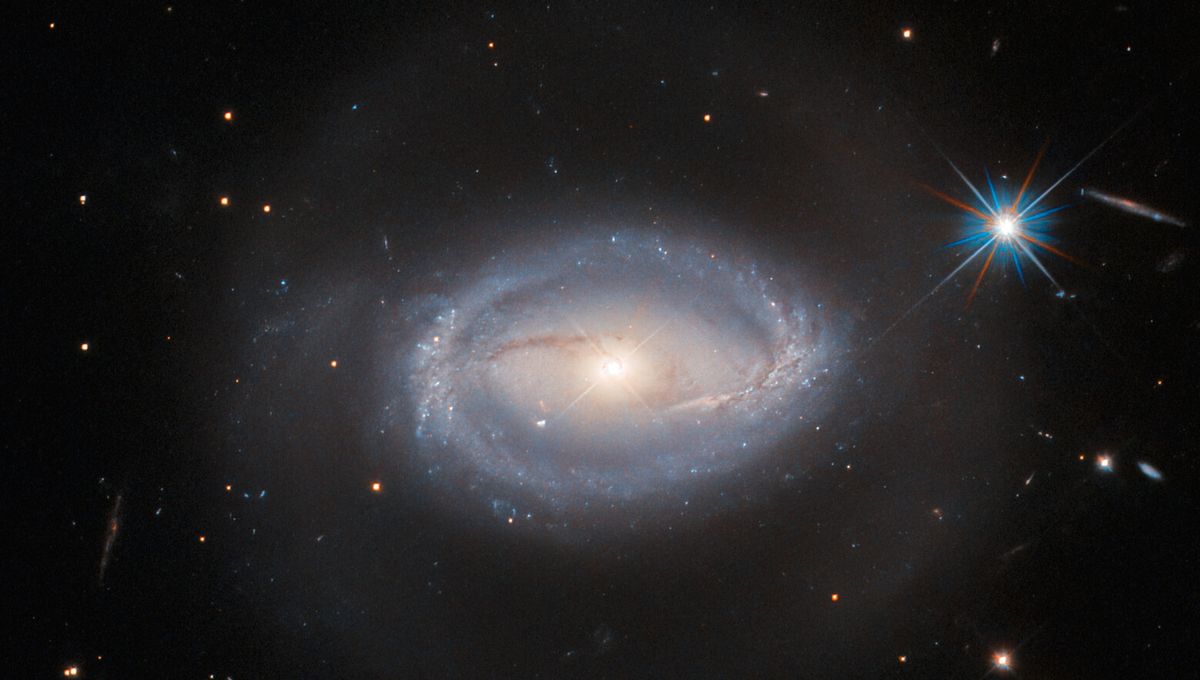
A lot of science is about classification, but sometimes you encounter things that push the limits of those categories, displaying multiple distinctive characteristics at once. This is the case of Z 229-15, a galaxy that couldn’t just embody one of our arbitrary classifications, it had to do three in one.
The European Space Agency does a good job of demystifying exactly what this object is. Located 390 million light-years from Earth, this is an active and large spiral galaxy. And this activity is what makes simple classification so confusing. The labels astronomers are trying to apply to this object are Seyfert galaxy, quasar, and active galactic nucleus (AGN).
First of all, these labels are all connected, but there is usually a nice distinction between the different cases when each label applies. The connection is the central supermassive black hole. In the galaxies that get one or more of these labels, the black hole is actively feeding. During this process, the material getting closer to the black hole is experiencing incredible gravitational forces which heat it up due to friction. And it begins to shine with incredible energy.
When that happens, you have an AGN. The central area has a higher-than-normal luminosity. As you would expect, Z 229-15 has an AGN. But that is not all.
When AGN are so bright that they outshine the rest of the galaxy, they are classified as quasars. Quasars are usually far away and they appear almost as a point; this object is relatively close to Earth and so it is the central region of Z 9229-15 that is washed out by the brightness of its core.
But you can clearly see that the outskirts of the galaxy with the bright spiral arms are visible, so there is another definition that also fits. A Seyfert galaxy is a galaxy where the supermassive black hole is very active but the galaxy is clearly visible.
So researchers consider Z 229-15 a nesting doll of definitions. From the outside in, it is a Seyfert galaxy containing a quasar that, by definition, hosts an AGN. It is good to find such objects and get a reminder of how arbitrary classifications can be, and how we might end up with a better definition if the need arises. After all, science is all about learning more and changing your mind when better evidence is presented.
Source Link: Strange Cosmic Object That Defies Classification Spotted by Hubble